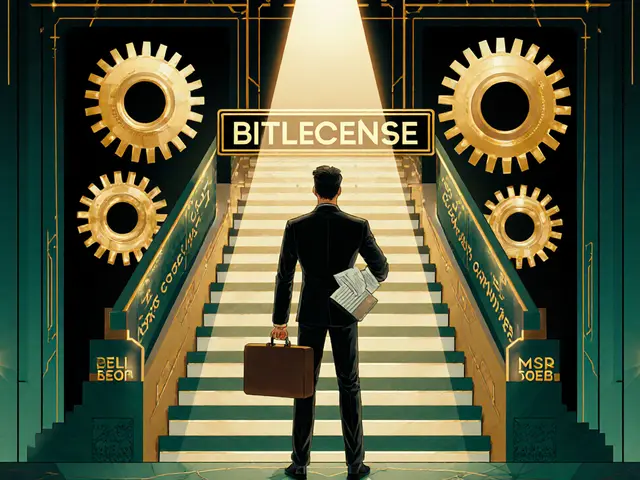Crypto Lending: How It Works, Risks, and Real Platforms to Use
When you lend your crypto, you’re not just sitting on it—you’re putting it to work. crypto lending, a system where users lend their digital assets to others in exchange for interest, often through decentralized protocols or centralized platforms. Also known as blockchain lending, it’s one of the most straightforward ways to earn passive income in crypto without staking or trading. Unlike traditional banks, you don’t need a credit check. You just lock up your coins—like ETH, USDC, or BTC—and get paid regularly. But here’s the catch: you’re trusting someone else with your money, and in crypto, that someone could be a smart contract, a company, or a hacker.
Most crypto lending happens in two places: DeFi lending, automated systems on blockchains like Ethereum or Solana where users interact directly with protocols like Aave or Compound, or through centralized platforms, companies like Celsius (before it collapsed) or BlockFi that act as middlemen between lenders and borrowers. DeFi is trustless but complex—you need to understand collateral ratios and liquidation risks. Centralized platforms are easier but rely on corporate solvency. If the company goes under, your funds might vanish, as we’ve seen before.
What you earn depends on supply and demand. If lots of people want to borrow USDC, lenders get higher yields. If no one’s borrowing, rates drop. Some platforms offer fixed rates, others are variable. You can lend stablecoins for steady returns, or riskier tokens for higher yields—but those come with bigger chances of loss. And don’t forget: if you borrow crypto, you put up collateral. If the price of your collateral drops too fast, the system can sell it automatically to cover the loan. That’s called a liquidation, and it can wipe out your position fast.
There’s no magic here. Crypto lending is just finance with blockchain guts. It’s powerful, but only if you know what you’re doing. You need to know the difference between a protocol with audited code and one that looks like a meme. You need to spot platforms that promise 20% APY with no explanation. And you need to understand that if it sounds too good to be true, it’s probably a trap.
Below, you’ll find real reviews, deep dives, and scam alerts about platforms, tokens, and strategies tied to crypto lending. Some posts cover how to earn interest safely. Others expose fake lending apps pretending to be real. A few explain how liquidations work behind the scenes. None of them are fluff. Each one cuts through the noise so you don’t lose money trying to make money.
What is OpenLeverage (OLE) crypto coin? A clear guide to its purpose, features, and risks
OpenLeverage (OLE) is a DeFi protocol for margin trading across decentralized exchanges. Its OLE token enables governance, fee discounts, and lending rewards. Learn how it works, where it stands against GMX and Kwenta, and whether it's worth your capital.





